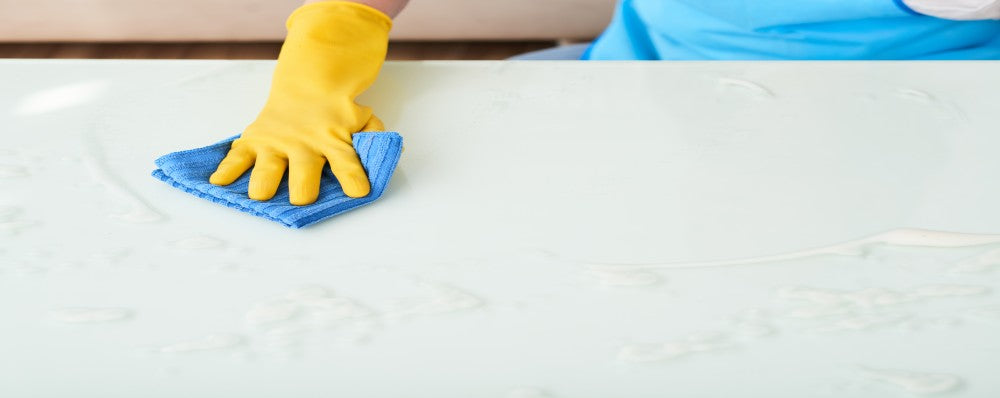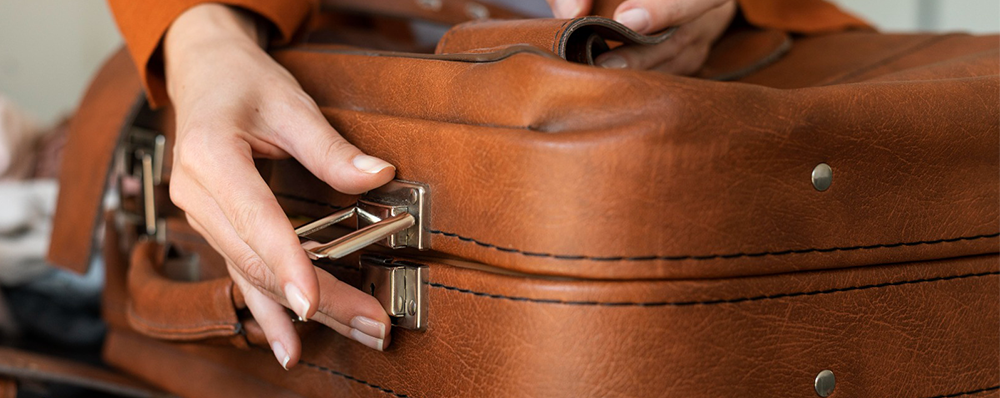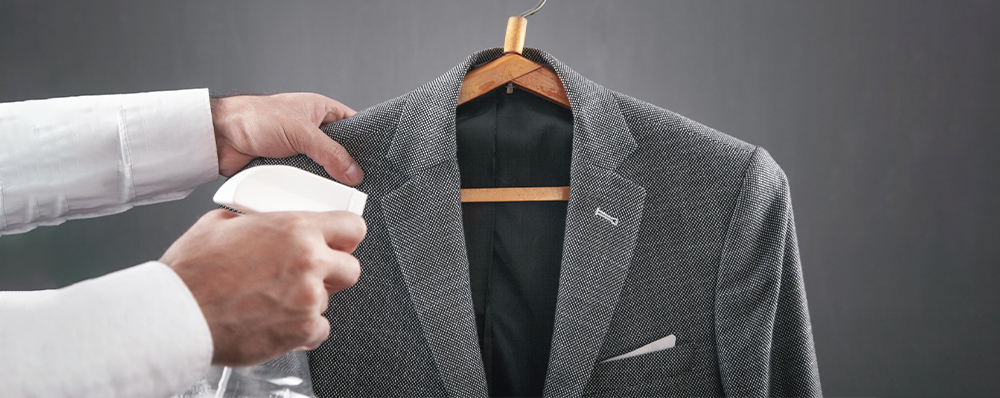Let's discuss one of the most underrated cleaning tools in your collection, the Microfiber Cloth. If you’ve ever wondered what makes this humble cloth so special or how to use it effectively, you’re in the right place. Whether you’re cleaning your car, dusting your furniture, or wiping down surfaces, microfiber cloths are a game-changer. Let’s dive into what they are, why they’re amazing, and how to use them like a pro.
What is Microfiber Cloth and How to Use It Effectively?
Microfiber cloth is a man-made microfiber fabric manufactured from extremely thin fibres, generally a mixture of polyester and polyamide (nylon). These fibers are cut during production to form a textured, dense structure that excels at picking up dirt, dust, and water. It provides more effective cleaning, lasts longer, and requires less effort than an old cotton rag or paper towel.
What Is Microfiber Cloth Used For?
One of the strengths of a microfiber cleaning cloth is its high versatility. Here are some common uses:

- Wiping Surfaces: From kitchen counters to shower stalls, microfiber cleans without leaving streaks.
- Dusting: The electrostatic properties attract and trap dust like a magnet.
- Car Care: Perfect for cleaning dashboards, windows, and the exterior without scratching surfaces.
- Glass Cleaning: Leaves windows and mirrors shiny and free of lint or residue.
- Mopping Floors: Microfiber mop pads provide deep cleaning without excessive water.
- Nanocoating Applications: Microfiber cloths are essential for applying Vetro Power’s nanocoating protectors, ensuring even application and streak-free protection on surfaces like glass, ceramic, and fabric.
Essentially, if it must be cleaned, microfiber fabric can do it!
How to Use a Microfiber Cloth
Using a microfiber cleaning cloth is simple, but these tips and tricks will help you maximise its effectiveness:
1. Which Side of the Microfiber Cloth to Use:
Most microfiber cloths have two sides: a plush, textured side and a smoother side.
Textured Side: Use this for scrubbing stubborn dirt, grease, or grime.
Smoother Side: Best for polishing, drying, or wiping fine surfaces.
If in doubt, start with the textured side to clean and finish with the smooth side for a streak-free shine.
2. How to Use Microfiber for Cleaning:
Dampen the Cloth: Lightly moisten the cloth with water for general cleaning. Microfiber works best when slightly damp, not soaked.
Avoid Harsh Chemicals: Microfiber is so effective that it usually doesn’t need cleaning agents. If you use them, opt for mild ones to avoid damaging the fibers.
Wipe in One Direction: To prevent streaking, wipe in one direction rather than circular motions.
3. How to Use Microfiber for Dusting:
Use Dry: A dry microfiber cloth generates static electricity, which attracts and traps dust particles.
Fold and Reuse: Fold the cloth into fourths to have several clean surfaces. Shake it out or wash it when all sides are soiled.
4. How to Use Microfiber for Car Care:
Interior: Clean dashboards, seats, and windows with a dry or slightly damp cloth. Use the smooth side for polishing.
Exterior: Wet the cloth and use it to clean the surface of the car. For best results, pair it with a car-specific cleaner.
5. How to Use Microfiber for Nanocoating Application:
Ensure a Clean Surface: Before applying Vetro Power’s nanocoating protectors, make sure the surface is completely clean and dry.
Use a Dry Microfiber Cloth: Apply a small amount of the nanocoating product onto the microfiber cloth.
Spread Evenly: Gently wipe the surface in a circular motion to ensure even coverage.
Buff for Best Results: Use the smooth side of the microfiber cloth to buff the surface, ensuring a streak-free, hydrophobic finish.
Tips for Maximizing Your Microfiber Cloth's Lifespan
Wash Before First Use: Fresh microfiber cloths usually have a coating that must be washed away before use.
Wash Separately: Don't wash microfiber with lint-producing fabrics like cotton. Use warm water and mild detergent.
Skip Fabric Softener: Fabric softeners coat the fibers, reducing their effectiveness.
Air Dry: While tumble drying on low is acceptable, air drying helps maintain the cloth’s quality for longer use.
Why Microfiber is a Must-Have
Microfiber cloths are not just another cleaning tool; they are an efficient, eco-friendly alternative. They reduce the need for paper towels and chemical cleaners, saving you money while benefiting the environment. Since they can be washed and reused countless times, you’ll keep reaching for the same cloth for months (or even years) to come.
Final Thoughts
Whether you're cleaning a dusty shelf, a greasy stovetop, or applying Vetro Power’s nanocoating protectors, microfiber cloths are your best friend. They’re effective, versatile, and easy to use. Once you start using them, you’ll wonder how you ever cleaned without them. Grab a microfiber cloth, follow these tips, and take your cleaning game to the next level!






